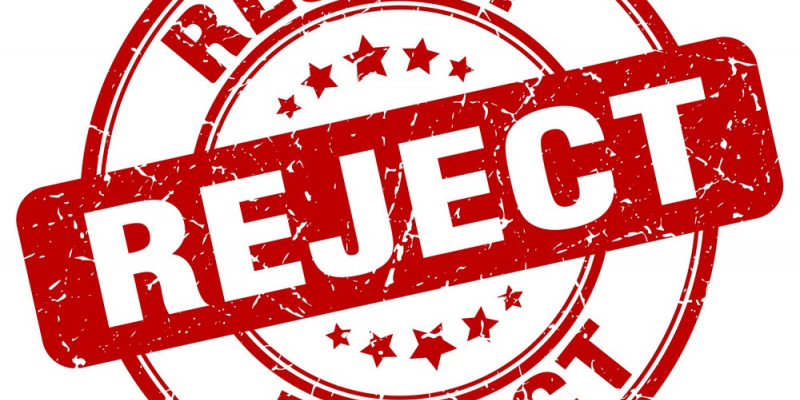
This tutorial provides step-by-step instructions on how to set up DMARC starting from p=none, transition to p=quarantine, then to p=reject using DMARCLY, a dedicated DMARC analyzer service.
The tutorial assumes no prior knowledge whatsoever of DMARC or DMARC reports…

Once you've created a Google Workspace, formerly known as G Suite, account on your domain, you will need to set up email authentication so that emails sent from Google Workspace on behalf of your domain are fully authenticated, and keep monitoring the authentication status and take action if necessa…

People tend to think of setting up email authentication with DMARC, DKIM, and SPF as time-consuming and error-prone because they have to search the Web for various articles and tools to achieve a simple DMARC, DKIM and SPF setup. This can take days for those who aren't proficient in email authentica…

DMARC tags are used in a DMARC record to define various aspects of a DMARC implementation, such as policy, aggregate report email URI, forensic report email URI, and more.
What is a DMARC record?A DMARC record is a TXT resource record published in the DNS on the subject domain…

DMARC, short for Domain-based Message Authentication, Reporting & Conformance, is an email authentication protocol to check if an email message really originates from where it claims to have, based on SPF and DKIM, another two email authentication protocols…

Email end users check the from field in their email clients to tell where an email comes from. However, SPF doesn't authenticate the field, neither does DKIM. This means "what you see might not be what's been authenticated". That's why the identifier alignment mechanism is introduced in DMARC…
